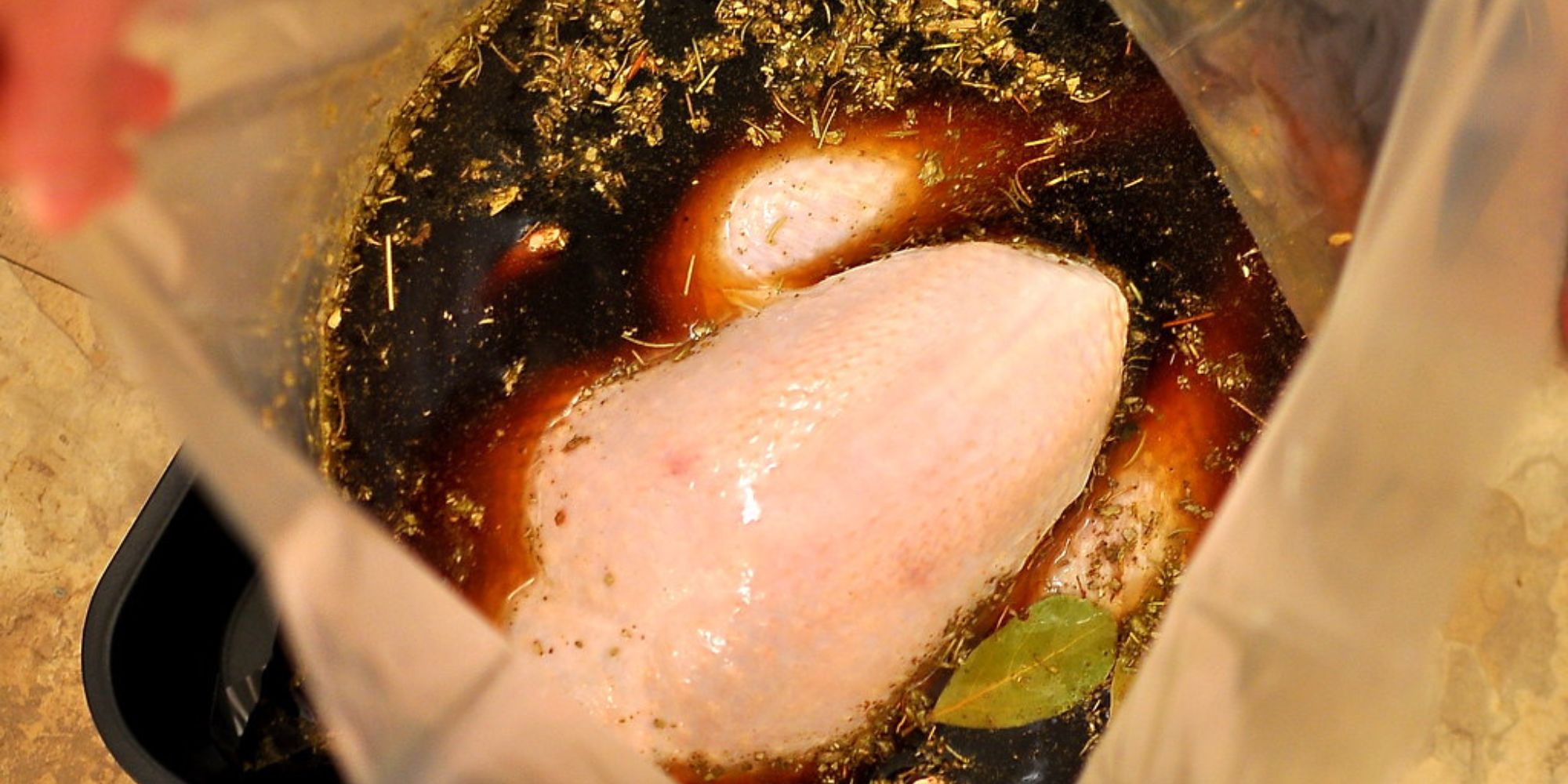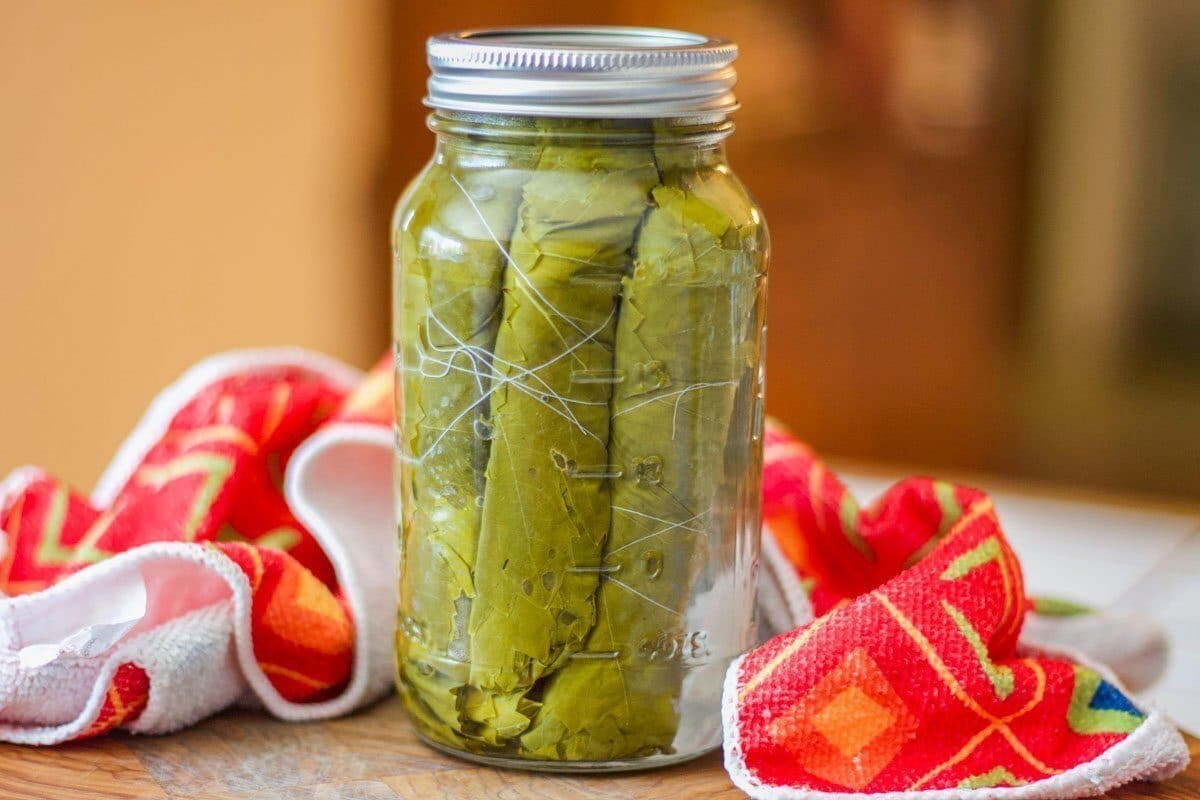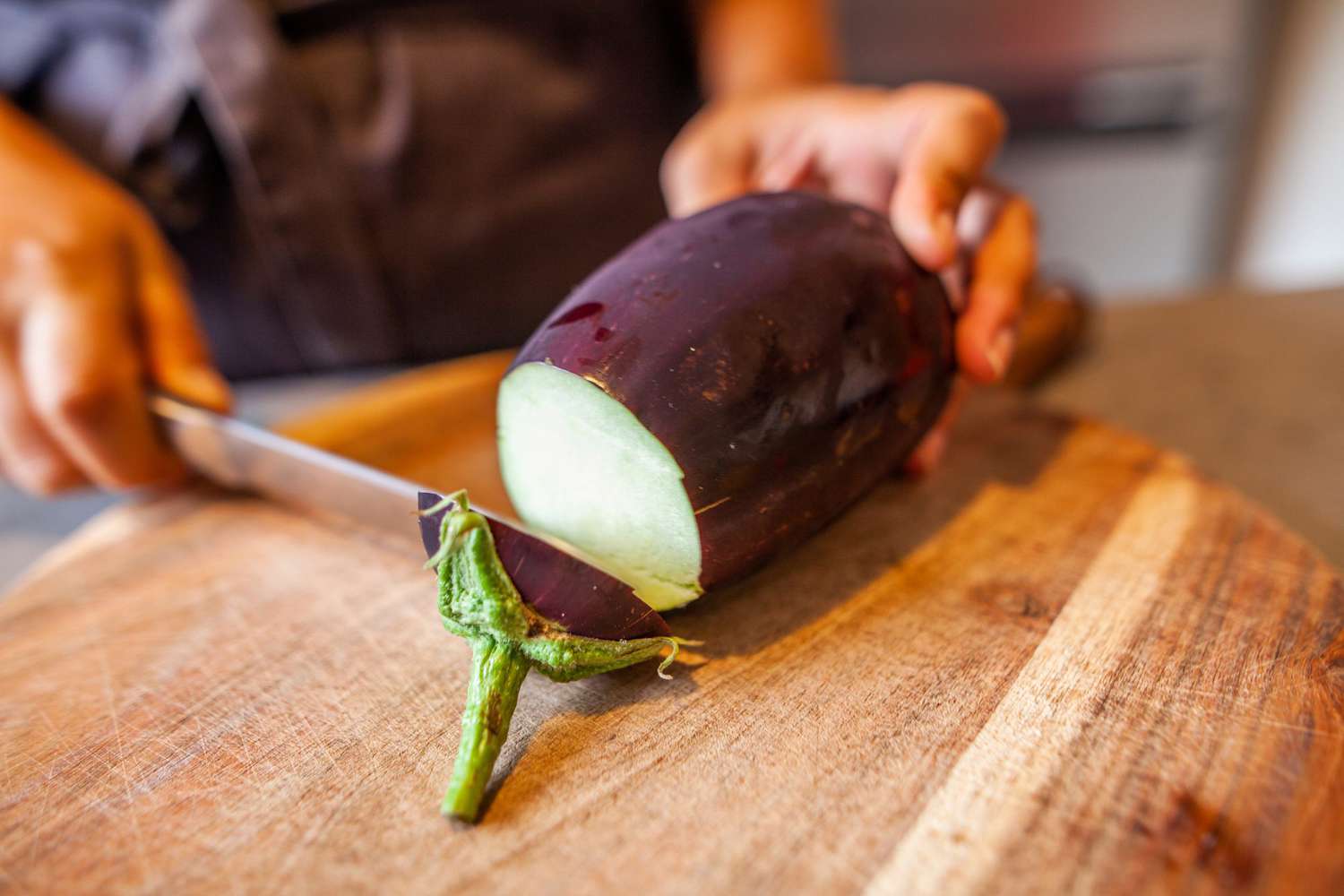What is Kimchi?
Kimchi is a traditional Korean dish made of fermented vegetables, most commonly cabbage and radishes, with a variety of seasonings. It is a staple in Korean cuisine and is known for its unique, tangy flavor and health benefits.
Why Brine Cabbage for Kimchi?
Brining cabbage is an essential step in the kimchi-making process. Brining not only adds flavor to the cabbage but also helps to preserve it by creating an environment that is conducive to the growth of beneficial bacteria. This fermentation process not only enhances the taste of the cabbage but also increases its nutritional value by adding probiotics and enzymes.
Steps to Brine Cabbage for Kimchi
Brining cabbage for kimchi is a simple process that requires just a few ingredients and some patience. Here’s how to do it:
- Prepare the Cabbage: Start by cutting a head of cabbage into quarters and removing the core. Then, soak the cabbage in cold water and sprinkle it with salt. Let it sit for a few hours to soften.
- Rinse and Drain: After the cabbage has softened, rinse it thoroughly to remove the excess salt. Then, allow it to drain in a colander for a couple of hours to remove any excess water.
- Make the Brine: In a large bowl, mix water with salt to create a brine solution. The cabbage should be completely submerged in the brine.
- Submerge the Cabbage: Place the cabbage in the brine solution, making sure it is fully submerged. You can use a plate or a weight to keep the cabbage submerged.
- Let it Ferment: Cover the bowl with a clean cloth or plastic wrap and let the cabbage ferment at room temperature for 1-2 days. Check the cabbage daily and skim off any foam or scum that forms on the surface.
- Use in Kimchi: Once the cabbage has fermented, it is ready to be used in your kimchi recipe. Rinse the cabbage to remove excess brine before adding it to the rest of your ingredients.
Tips for Brining Cabbage for Kimchi
Here are a few tips to ensure successful brining of cabbage for kimchi:
- Use the Right Salt: It’s best to use sea salt or kosher salt for brining, as iodized salt can affect the fermentation process.
- Keep the Cabbage Submerged: It’s important to ensure that the cabbage remains fully submerged in the brine throughout the fermentation process to prevent spoilage.
- Monitor the Fermentation: Check the cabbage regularly for any signs of spoilage, such as mold or off-putting odors. If you notice any, discard the cabbage and start over.
- Experiment with Flavors: While the basic brine consists of salt and water, you can add other seasonings like garlic, ginger, or chili flakes to infuse additional flavors into the cabbage.
In Conclusion
Brining cabbage for kimchi is a simple yet crucial step in the kimchi-making process. By following the steps outlined above and keeping a few tips in mind, you can successfully brine cabbage to create delicious, tangy kimchi that is packed with flavor and health benefits. So, roll up your sleeves, get your hands dirty, and start fermenting your own batch of kimchi today!
Was this page helpful?
Read Next: How To Brine Green Peppercorns











